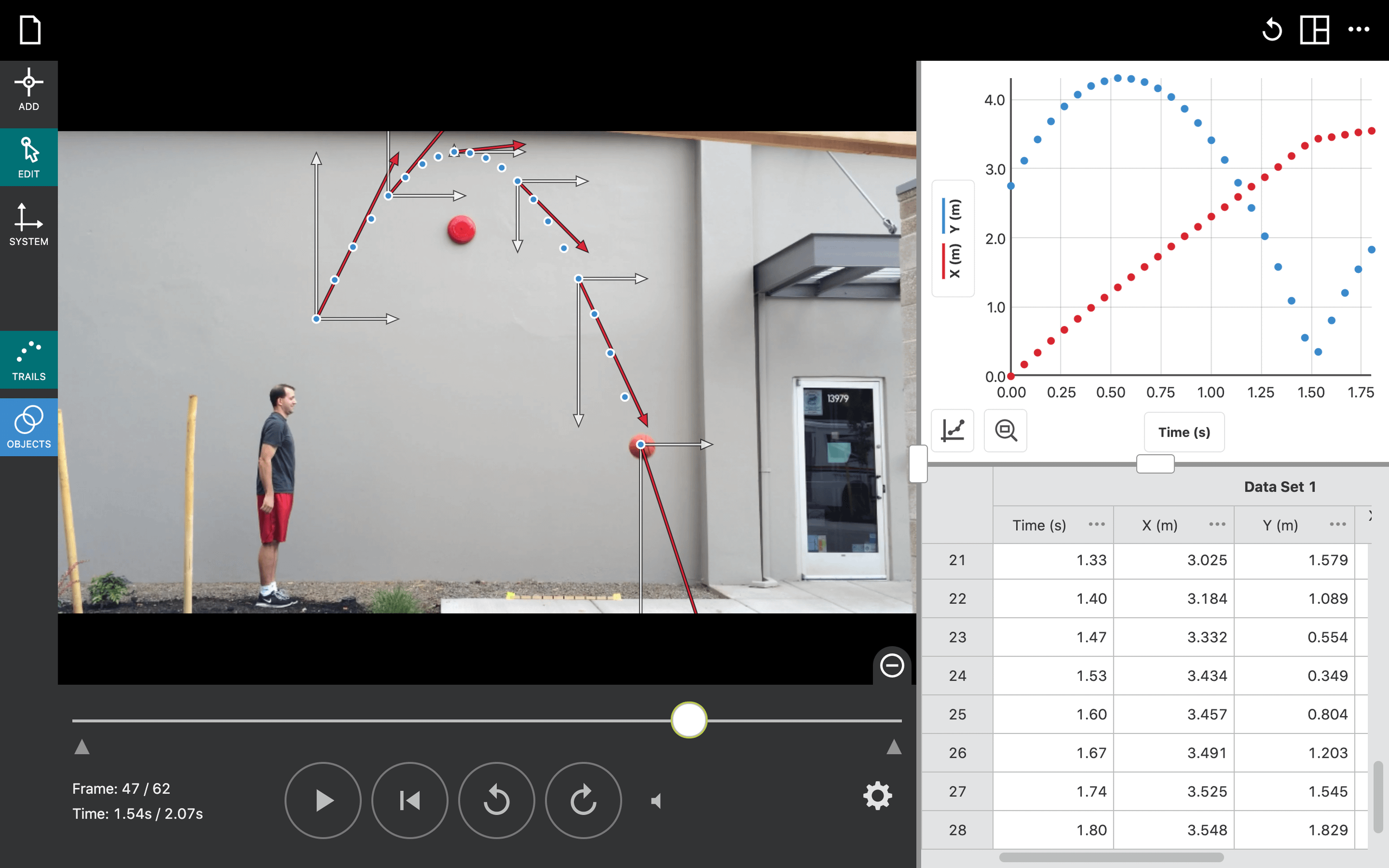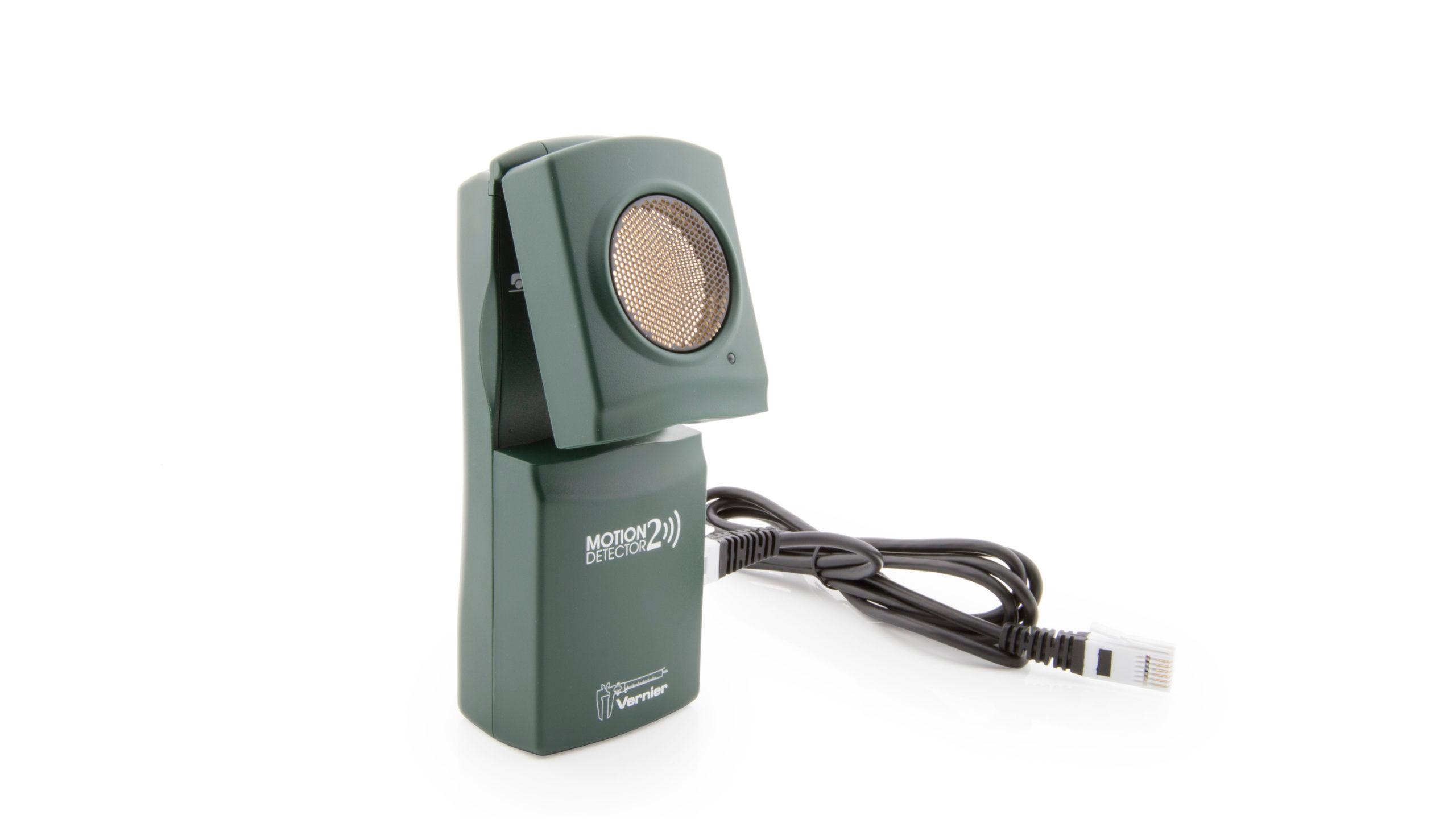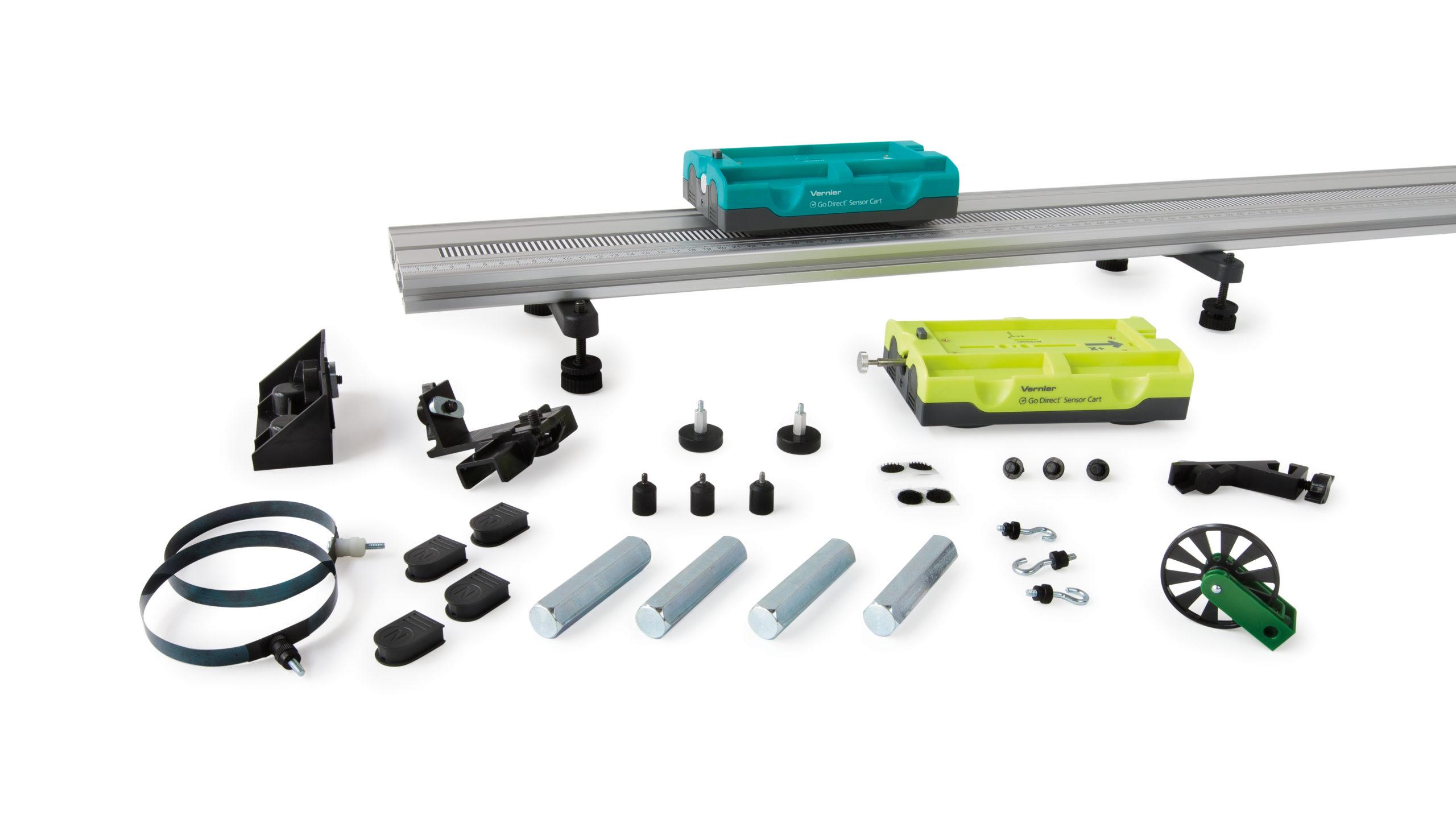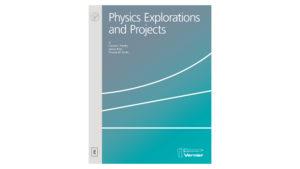Introduction
The goal of this activity is for students to recognize that the work done by gravity is another way to understand gravitational potential energy. Students develop a model to predict the energy present in a system due to its position.
Physics texts often include the earth in their definition of a system without explaining that is what they are doing. In this activity, we define the system as an object with an external force of gravity (and others) acting on it. This activity should provide students with some context for using the equation for gravitational potential energy and a sense of the importance of the definition of a system.
The challenge for students is to recognize that the force of gravity can do work on an object and thus be transformed into kinetic (or other forms of) energy. The ultimate goal is for students to develop a mathematical model that can predict the change in energy that results from the force of gravity acting on an object through some range of vertical displacement.
During the inquiry process, students may use a motion detector, a Motion Encoder, or a Go direct Sensor Cart to collect data for an object moving through some vertical distance. The kinetic energy gained should be compared to the change in height of the object.
We recommend a follow-up discussion to help students build context between their earlier understanding of potential energy and this activity. Key points include the importance of the definition of a system, the relationship between gravitational potential energy, and the idea of the force of gravity working on an object.
It may be engaging (but not at all necessary) to discuss what happens when the system involves distances significantly away from the surface of the earth and the added sophistication required to address work done by universal gravitational force.
Objectives
- Design and perform an investigation.
- Draw a conclusion from evidence.
- Identify that work done on a system is equal to change in kinetic energy.
Sensors and Equipment
This experiment features the following sensors and equipment. Additional equipment may be required.
Option 2

Option 3

Option 4

Ready to Experiment?
Ask an Expert
Get answers to your questions about how to teach this experiment with our support team.
- Call toll-free: 888-837-6437
- Chat with Us
- Email support@vernier.com
Purchase the Lab Book
This experiment is #14 of Physics Explorations and Projects. The experiment in the book includes student instructions as well as instructor information for set up, helpful hints, and sample graphs and data.


